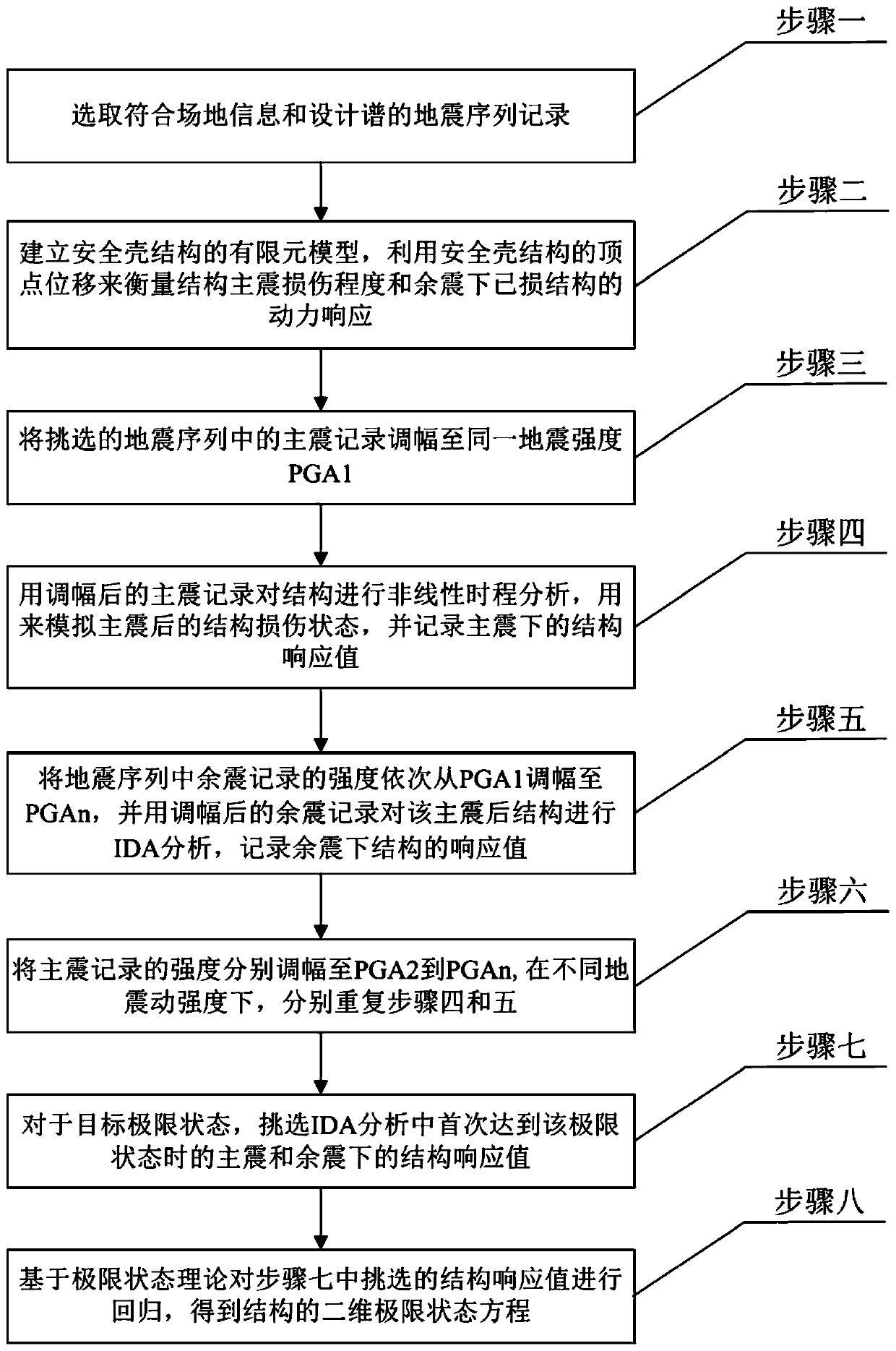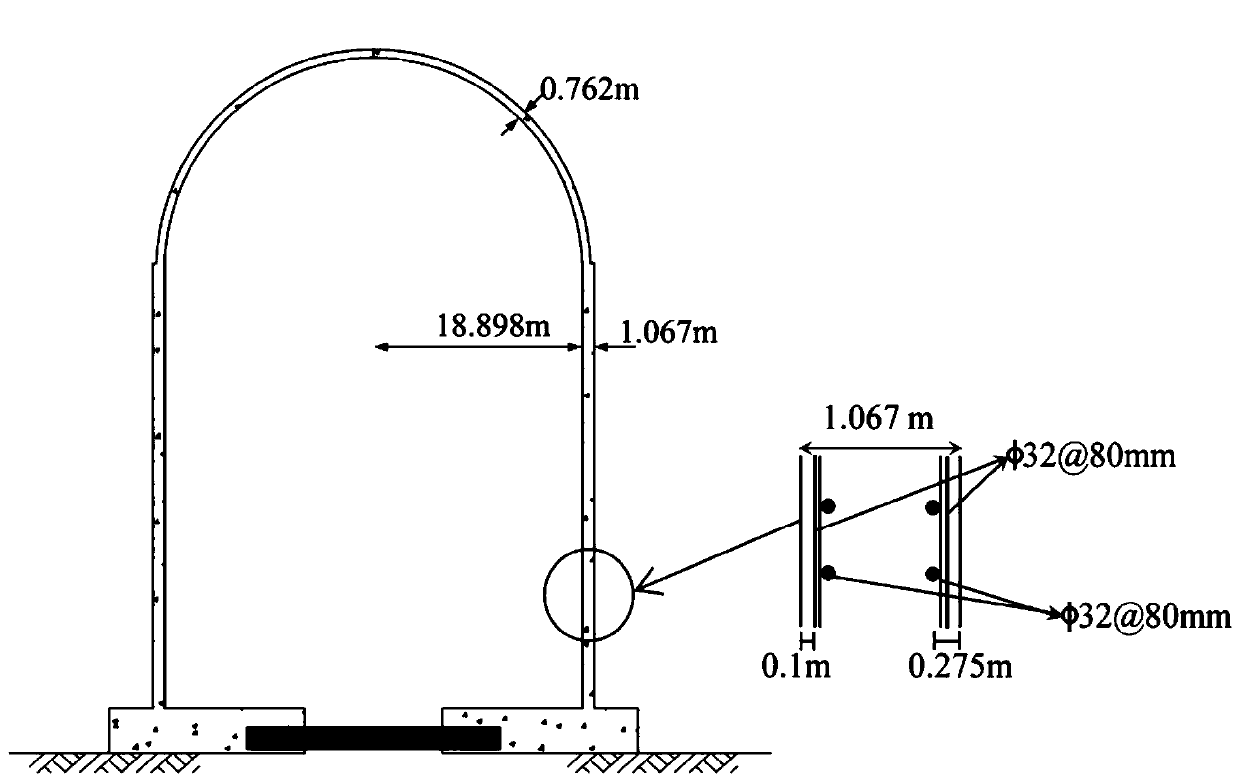Structural seismic capacity evaluation method considering influence of initial damage state
An initial damage and state technology, applied in special data processing applications, instruments, electrical digital data processing, etc., can solve the problems of not considering the initial damage state and the low accuracy of the structure's seismic capacity, and achieve improved accuracy and improved accuracy Effect
- Summary
- Abstract
- Description
- Claims
- Application Information
AI Technical Summary
Problems solved by technology
Method used
Image
Examples
specific Embodiment approach 1
[0024] Specific implementation mode one: as figure 1 As shown, a method for evaluating the seismic capacity of a structure considering the influence of the initial damage state described in this embodiment includes the following steps:
[0025] Step 1. Initially select M ground motion sequences from the PEER (Pacific Earthquake Engineering Research Center, Pacific Earthquake Engineering Research Center) ground motion database, and then perform spectral matching on the M ground motion sequences selected initially and the design spectrum to obtain Selected M 0 Earthquake sequence;
[0026] The conditions to be satisfied for the initially selected M ground motion sequences are as follows: (1) the magnitudes of the main shock and aftershocks are both greater than 5.0; (2) the peak acceleration PGA of the main shock and aftershocks is greater than or equal to 0.1g; Aftershocks are recorded at the same station, and the station is located in a free field; (4) The shear wave velocit...
specific Embodiment approach 2
[0045] Specific embodiment two: the difference between this embodiment and specific embodiment one is that: the peak acceleration of the aftershocks in each selected earthquake sequence is all sequentially modulated from PGA1 to PGAn, wherein: the amplitude of each amplitude modulation is 0.1g.
specific Embodiment approach 3
[0046] Specific embodiment three: the difference between this embodiment and specific embodiment one is: the peak acceleration of the main shock in each of the selected earthquake sequences is sequentially modulated from PGA2 to PGAn, wherein: the amplitude of each amplitude modulation is equal to is 0.1g, and the increase of PGA2 relative to PGA1 is 0.1g.
PUM
 Login to View More
Login to View More Abstract
Description
Claims
Application Information
 Login to View More
Login to View More - R&D
- Intellectual Property
- Life Sciences
- Materials
- Tech Scout
- Unparalleled Data Quality
- Higher Quality Content
- 60% Fewer Hallucinations
Browse by: Latest US Patents, China's latest patents, Technical Efficacy Thesaurus, Application Domain, Technology Topic, Popular Technical Reports.
© 2025 PatSnap. All rights reserved.Legal|Privacy policy|Modern Slavery Act Transparency Statement|Sitemap|About US| Contact US: help@patsnap.com



